Home>Gardening & Outdoor>Pool & Spa Care>How To Raise PH In A Hot Tub With Baking Soda
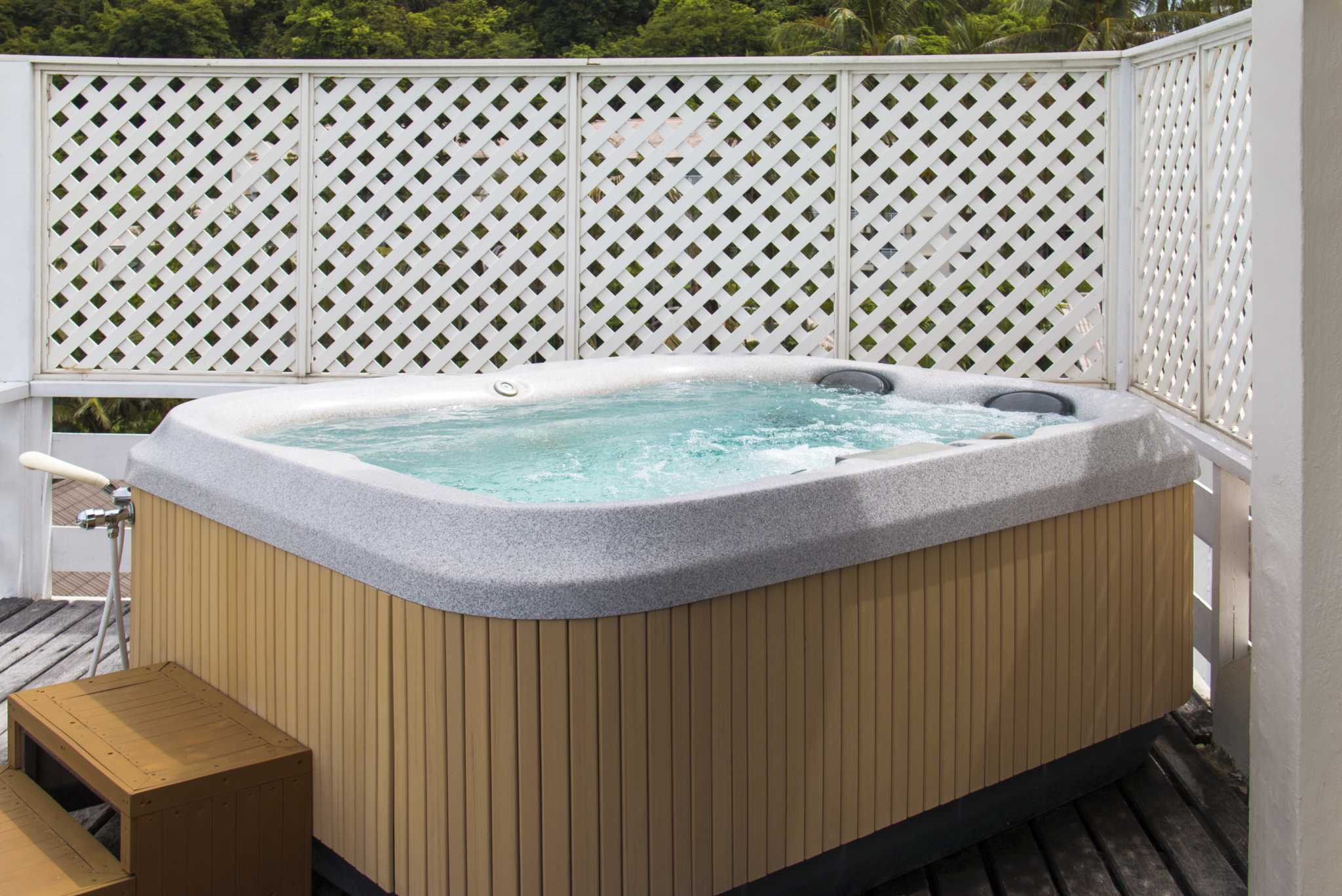

Pool & Spa Care
How To Raise PH In A Hot Tub With Baking Soda
Published: December 29, 2023
Learn how to raise the pH in your hot tub using baking soda with our expert pool and spa care tips. Keep your hot tub water balanced and clean with our easy-to-follow guide.
(Many of the links in this article redirect to a specific reviewed product. Your purchase of these products through affiliate links helps to generate commission for Storables.com, at no extra cost. Learn more)
Introduction
Owning a hot tub is a luxurious and relaxing experience, but maintaining its water chemistry can sometimes feel like a daunting task. One crucial aspect of hot tub maintenance is managing the pH level of the water. pH measures the acidity or alkalinity of the water on a scale of 0 to 14, with 7 being neutral. For a hot tub, the ideal pH range is between 7.2 and 7.8, as this ensures bather comfort and maximizes the effectiveness of the sanitizing chemicals.
In this comprehensive guide, we will delve into the nuances of pH balance in hot tubs and explore a simple and cost-effective method for raising pH using baking soda. By understanding the significance of pH levels and mastering the art of pH adjustment, you can ensure that your hot tub water remains pristine and inviting for a blissful soak every time. Let's embark on this journey to elevate your hot tub maintenance prowess and enhance your overall relaxation experience.
Key Takeaways:
- Keep your hot tub water balanced by maintaining the pH level between 7.2 and 7.8 for a comfortable and safe soaking experience. Test regularly and use baking soda to raise pH when needed.
- Adding baking soda to your hot tub is an easy and cost-effective way to raise pH. Follow the step-by-step guide and incorporate regular testing and maintenance tips for a blissful soaking experience.
Read more: How Do You Raise The PH In A Hot Tub
Understanding pH in a Hot Tub
Before diving into the specifics of raising pH in a hot tub, it’s essential to grasp the significance of pH in water chemistry. The pH level directly impacts the effectiveness of the sanitizing chemicals, the comfort of the bathers, and the longevity of the hot tub equipment.
When the pH level is too low (below 7.2), the water becomes acidic, which can lead to corrosion of metal components, such as the heater and pump, as well as cause skin and eye irritation for the bathers. On the other hand, if the pH level is too high (above 7.8), the water turns alkaline, resulting in scale buildup, reduced sanitizer efficiency, and potential cloudiness.
Understanding the delicate balance of pH in a hot tub is crucial for maintaining water quality and ensuring a pleasant and safe soaking experience. Regular testing and adjustment of pH levels are fundamental aspects of hot tub maintenance that contribute to the overall enjoyment and longevity of the hot tub.
Now that we’ve established the importance of pH balance in a hot tub, let’s explore how to effectively test the pH levels to determine if adjustments are necessary.
Testing pH Levels
Testing the pH level of your hot tub water is a straightforward yet vital procedure. It provides insight into the acidity or alkalinity of the water, enabling you to make informed decisions regarding necessary adjustments. There are various methods for testing pH, including test strips, liquid test kits, and digital testers, each offering accurate results when used correctly.
Test strips are a popular choice for hot tub owners due to their convenience and ease of use. To use test strips, simply dip a strip into the water for a few seconds and then compare the resulting color to the provided chart. This color-matching process indicates the pH level, allowing you to gauge whether it falls within the recommended range of 7.2 to 7.8.
Likewise, liquid test kits involve adding a few drops of reagent to a water sample and observing the resulting color change. This method offers precise pH measurements and is favored by those who prefer a more traditional approach to water testing.
For those seeking advanced technology, digital testers provide accurate pH readings with the added benefit of digital display for easy interpretation. While they may require a slightly larger initial investment, digital testers are reusable and offer a high level of accuracy.
Regardless of the testing method you choose, it’s essential to perform pH tests regularly, ideally at least once a week, and especially after heavy usage or water refills. This consistent monitoring allows you to detect any pH fluctuations promptly and take necessary corrective actions to maintain the water within the optimal pH range.
Now that you understand the importance of testing pH levels and have familiarized yourself with the various testing methods, let’s explore how baking soda can be used to raise the pH of your hot tub water effectively.
Using Baking Soda to Raise pH
Baking soda, a common household product, can be a valuable ally in your quest to balance the pH of your hot tub water. Also known as sodium bicarbonate, baking soda is a safe and effective pH increaser that can elevate the alkalinity of the water without causing a drastic spike in pH levels.
When the pH of your hot tub water falls below the recommended range, indicating acidity, adding baking soda can help raise both the pH and total alkalinity. This dual impact makes baking soda a versatile solution for maintaining water balance and ensuring bather comfort.
It’s important to note that while baking soda can effectively raise pH, it should not be used as a remedy for high total alkalinity without a corresponding low pH level. In such cases, it’s advisable to address the total alkalinity directly using a product specifically designed for that purpose.
By harnessing the power of baking soda, hot tub owners can achieve a harmonious pH balance, promoting water clarity, equipment longevity, and a pleasant soaking experience for all users. The ease of accessibility and cost-effectiveness of baking soda make it a popular choice for pH adjustment among hot tub enthusiasts.
As we’ve explored the benefits of using baking soda to raise pH in a hot tub, let’s delve into a step-by-step guide for adding baking soda to your hot tub water, ensuring a seamless and effective process.
To raise the pH in a hot tub with baking soda, first test the water pH level. Then, add 1 tablespoon of baking soda at a time, wait 30 minutes, and retest until the pH reaches the desired level (7.2-7.8).
Step-by-Step Guide to Adding Baking Soda
Adding baking soda to your hot tub to raise the pH is a simple and rewarding task that contributes to the overall well-being of the water and the enjoyment of your hot tub experience. Follow these step-by-step instructions to ensure a smooth and effective process:
- Test the pH: Before adding any chemicals, it’s crucial to test the current pH level of the hot tub water using a reliable testing method such as test strips, liquid test kits, or digital testers. This initial assessment provides the baseline for determining the required dosage of baking soda.
- Calculate the Dosage: Refer to the product label or a reputable hot tub maintenance guide to determine the appropriate amount of baking soda needed to raise the pH to the desired level, based on the volume of water in your hot tub. It’s essential to follow the recommended dosage to avoid overcorrection.
- Dissolve Baking Soda: Fill a clean bucket with a small amount of hot tub water and gradually add the calculated amount of baking soda to the bucket. Stir the solution thoroughly to ensure that the baking soda dissolves completely, creating a uniform mixture.
- Disperse the Solution: With the hot tub’s circulation system running, slowly pour the dissolved baking soda solution into the hot tub water. This allows for even distribution and effective integration of the pH-raising agent.
- Monitor and Retest: After adding the baking soda, allow the water to circulate for at least 30 minutes. Retest the pH to confirm that it has reached the desired range of 7.2 to 7.8. If necessary, additional adjustments can be made following the same procedure.
Following these steps ensures that the pH-raising process is executed accurately and safely, promoting balanced water chemistry and a delightful hot tub environment for all to enjoy. Now that you’re equipped with the knowledge of adding baking soda to raise pH, let’s explore some valuable tips for maintaining pH balance in your hot tub.
Read more: What Is PH In A Hot Tub
Tips for Maintaining pH Balance
Maintaining the pH balance of your hot tub water is an ongoing endeavor that requires attention to detail and consistent monitoring. Here are some valuable tips to help you effectively manage and preserve the optimal pH levels in your hot tub:
- Regular Testing: Make it a habit to test the pH levels of your hot tub water at least once a week, as well as after heavy usage or water refills. This proactive approach allows you to detect any fluctuations promptly and take corrective actions as needed.
- Adjust Gradually: When making pH adjustments, particularly when using baking soda, it’s crucial to add the recommended dosage gradually and then retest the water. This incremental approach helps prevent overcorrection and ensures a gradual transition to the desired pH range.
- Consider Total Alkalinity: Total alkalinity acts as a buffer for pH, influencing its stability. Monitoring and maintaining the total alkalinity within the range of 80 to 120 parts per million (ppm) can help stabilize the pH and prevent rapid fluctuations.
- Monitor Sanitizer Levels: The effectiveness of sanitizing chemicals, such as chlorine or bromine, can be influenced by pH levels. Ensure that the sanitizer levels are within the recommended range and adjust them accordingly based on the pH readings.
- Keep Equipment Clean: Regularly clean the hot tub filter, skimmer, and other components to prevent debris buildup, which can affect water circulation and pH balance. Properly maintained equipment contributes to overall water quality and balance.
- Prevent Contamination: Encourage bathers to shower before entering the hot tub to minimize the introduction of contaminants, such as oils, lotions, and sweat, which can impact pH and water clarity.
- Seek Professional Advice: If you encounter persistent pH issues or are unsure about the appropriate corrective measures, consider consulting a professional pool and spa care expert for personalized guidance and recommendations.
By incorporating these tips into your hot tub maintenance routine, you can effectively uphold the pH balance of the water, promoting a pristine and inviting environment for relaxation and enjoyment. With a proactive and attentive approach, maintaining pH balance becomes a seamless and rewarding aspect of hot tub ownership.
As we conclude this guide, we hope that the insights shared will empower you to confidently manage the pH levels in your hot tub, fostering a harmonious and delightful soaking experience for you and your fellow bathers.
Conclusion
Mastering the art of maintaining pH balance in your hot tub is a fundamental aspect of responsible ownership and a key contributor to the overall enjoyment and longevity of your hot tub experience. By understanding the significance of pH levels, regularly testing the water, and employing effective pH-raising methods such as baking soda, you can ensure that your hot tub remains a pristine and inviting oasis for relaxation.
Throughout this guide, we’ve explored the essential role of pH in hot tub water chemistry, emphasizing the impact of pH on equipment durability, bather comfort, and water clarity. We’ve also delved into the practical aspects of testing pH levels, utilizing baking soda to raise pH, and maintaining the optimal pH range for a harmonious soaking environment.
Equipped with a step-by-step guide for adding baking soda, along with valuable tips for preserving pH balance, you now possess the knowledge and insights to navigate the intricacies of hot tub maintenance with confidence and proficiency.
Remember, maintaining pH balance is not just a task; it’s a commitment to creating an environment where you and your guests can unwind and rejuvenate. By incorporating regular testing, thoughtful adjustments, and proactive care, you can elevate the hot tub experience, ensuring that every soak is a delightful and refreshing escape.
As you embark on your journey to uphold the pH balance of your hot tub, may this guide serve as a trusted companion, empowering you to navigate the nuances of water chemistry with ease and expertise. Here’s to many blissful moments of relaxation and rejuvenation in your perfectly balanced hot tub oasis.
Frequently Asked Questions about How To Raise PH In A Hot Tub With Baking Soda
Was this page helpful?
At Storables.com, we guarantee accurate and reliable information. Our content, validated by Expert Board Contributors, is crafted following stringent Editorial Policies. We're committed to providing you with well-researched, expert-backed insights for all your informational needs.
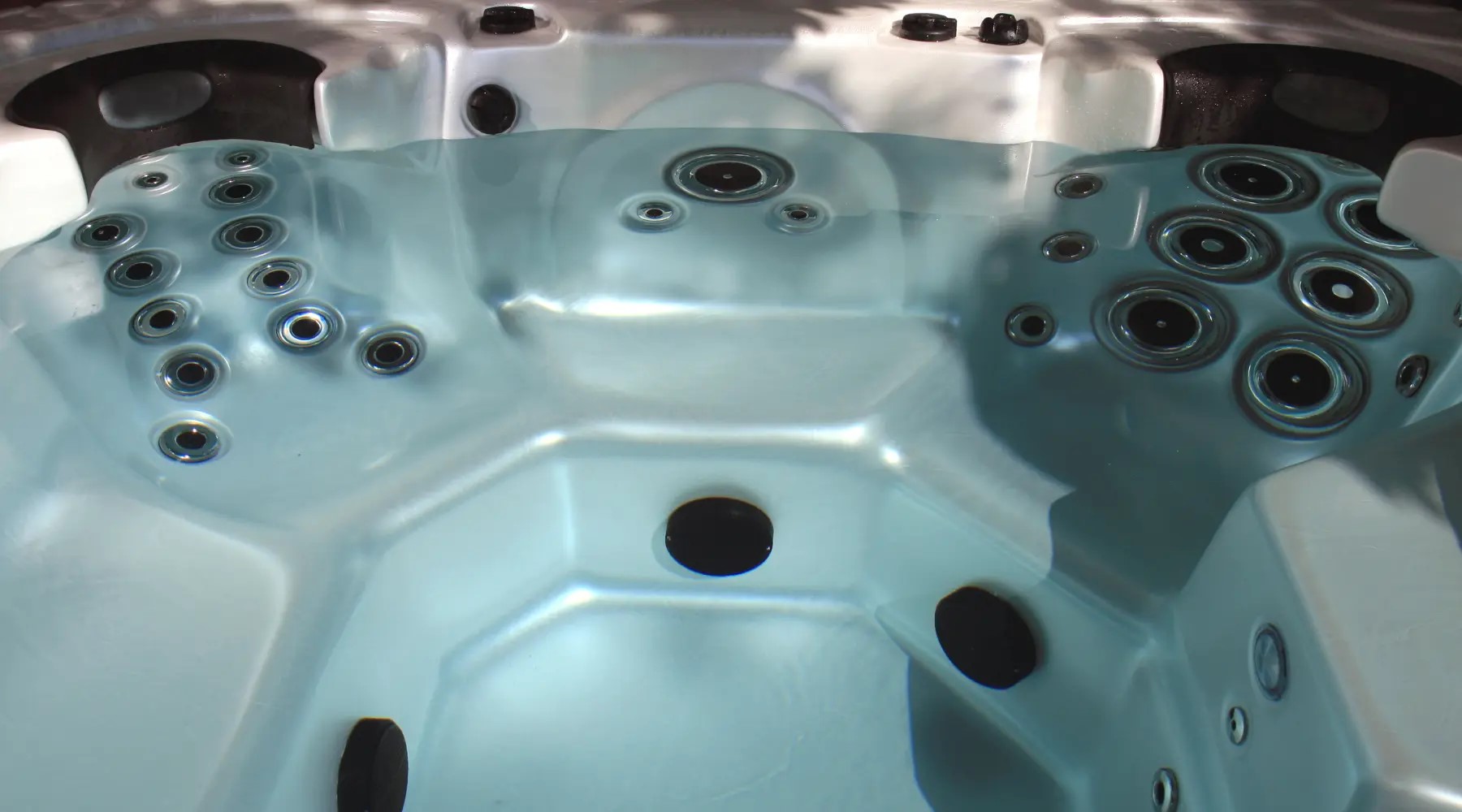
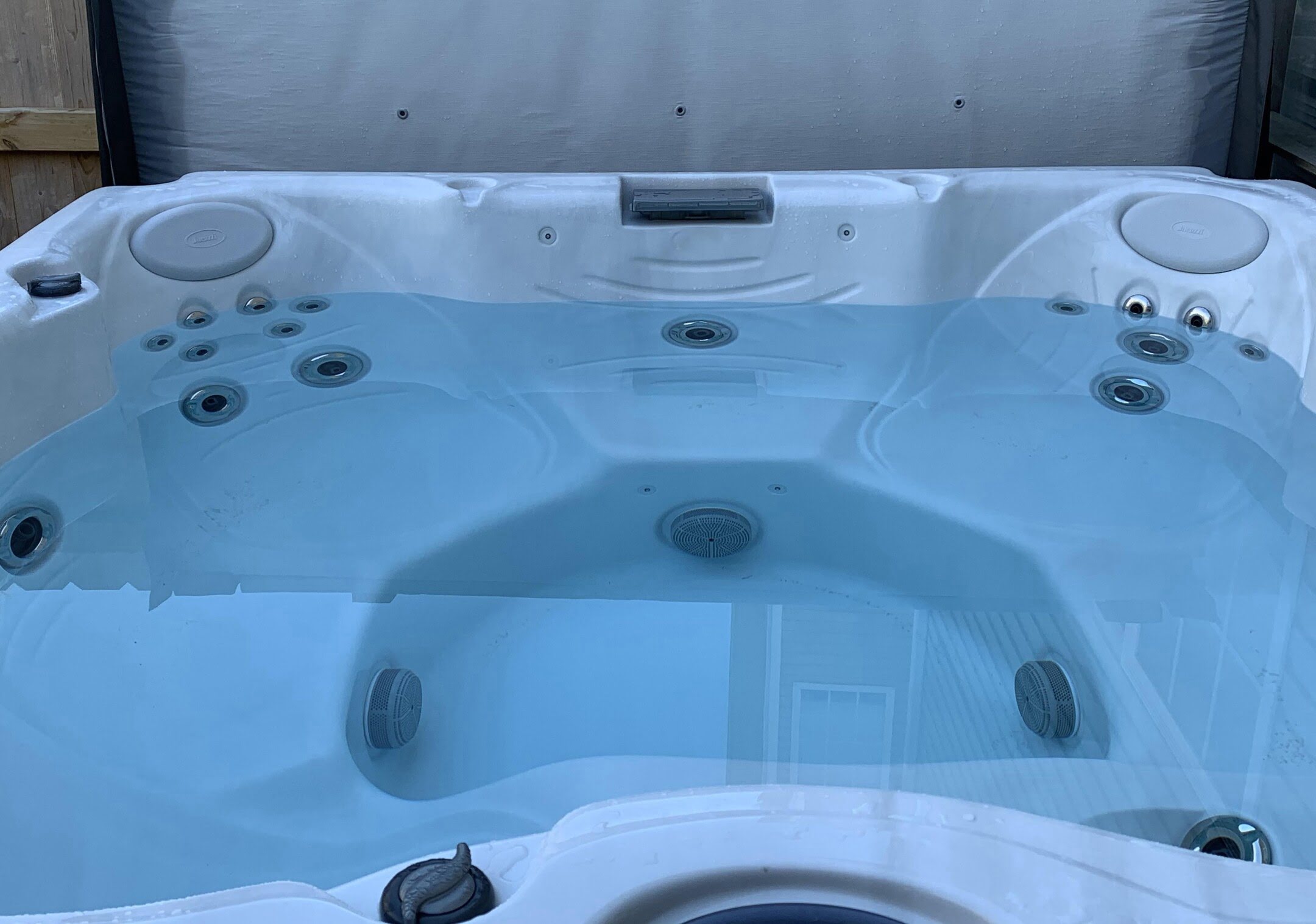
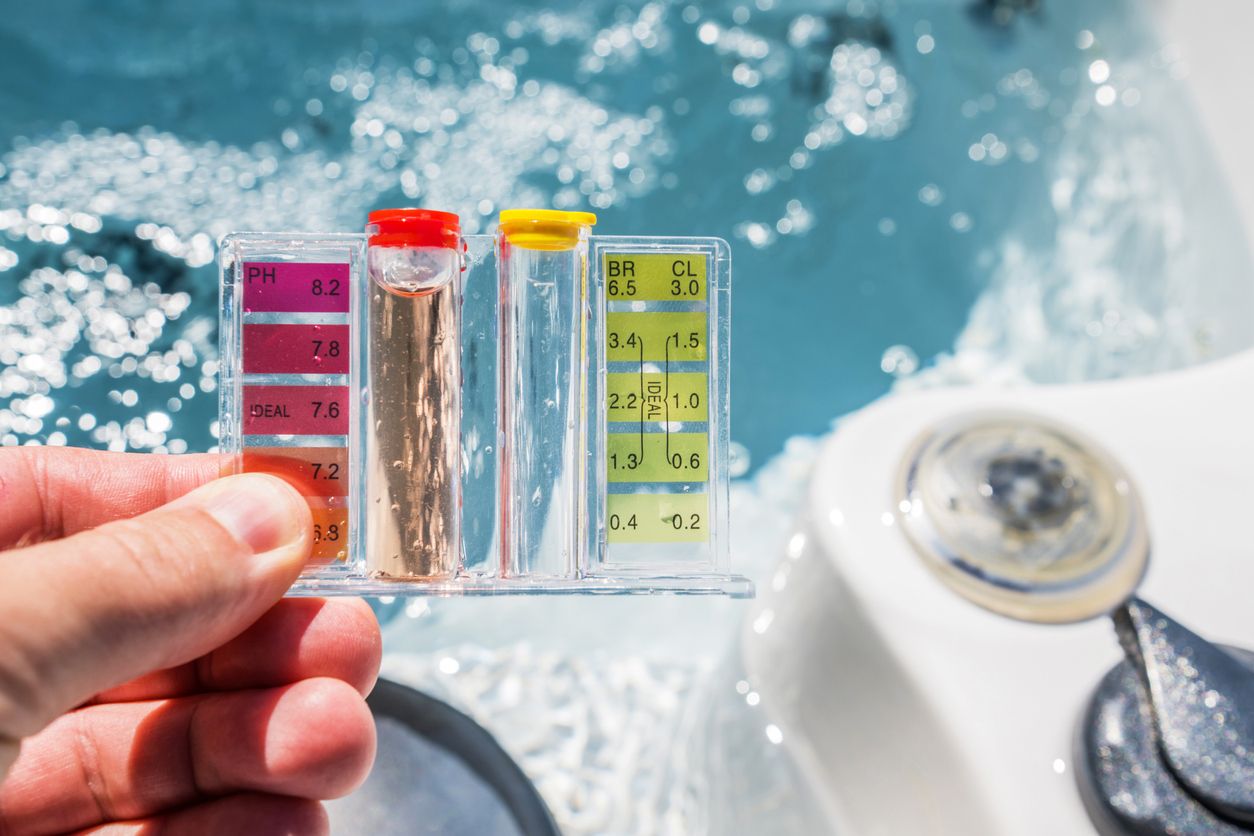

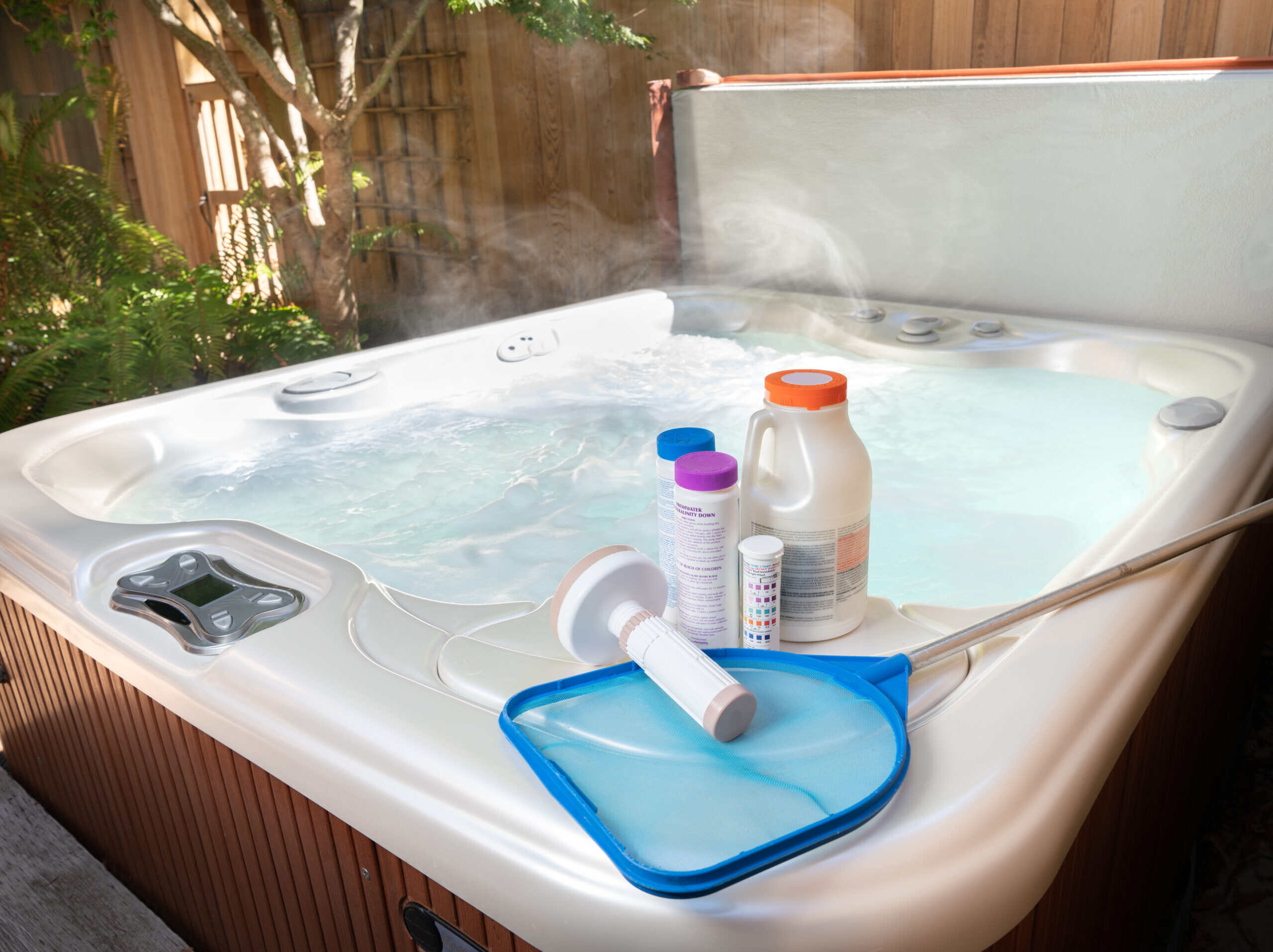
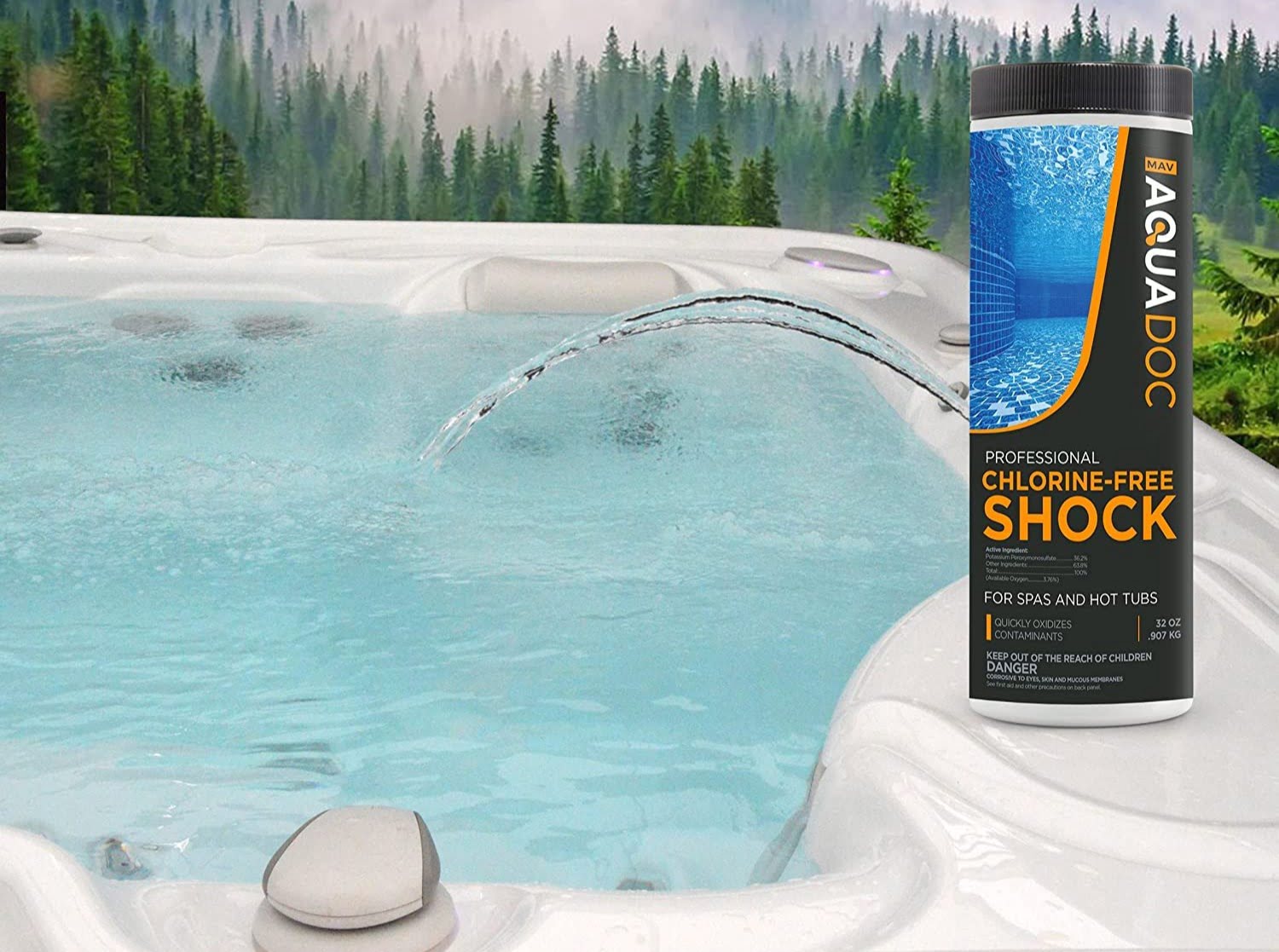
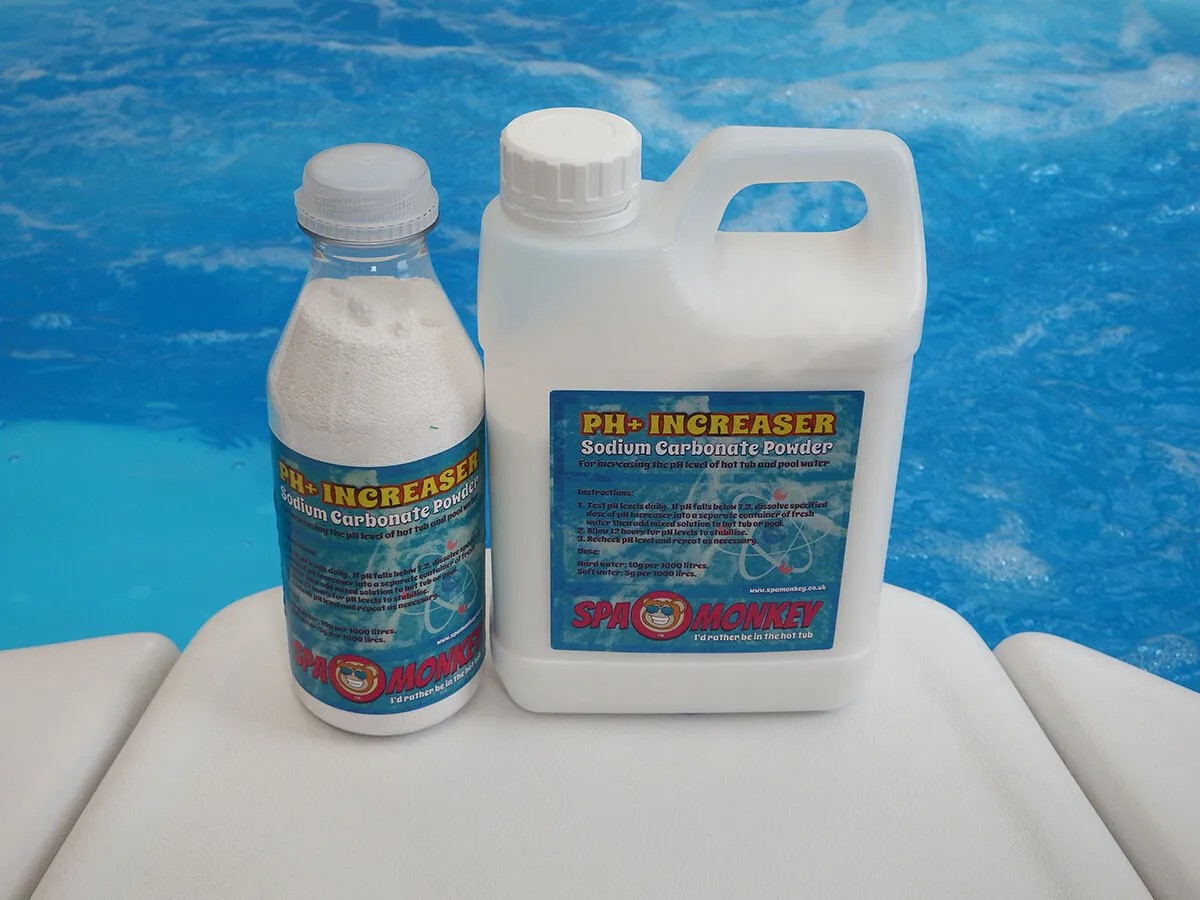
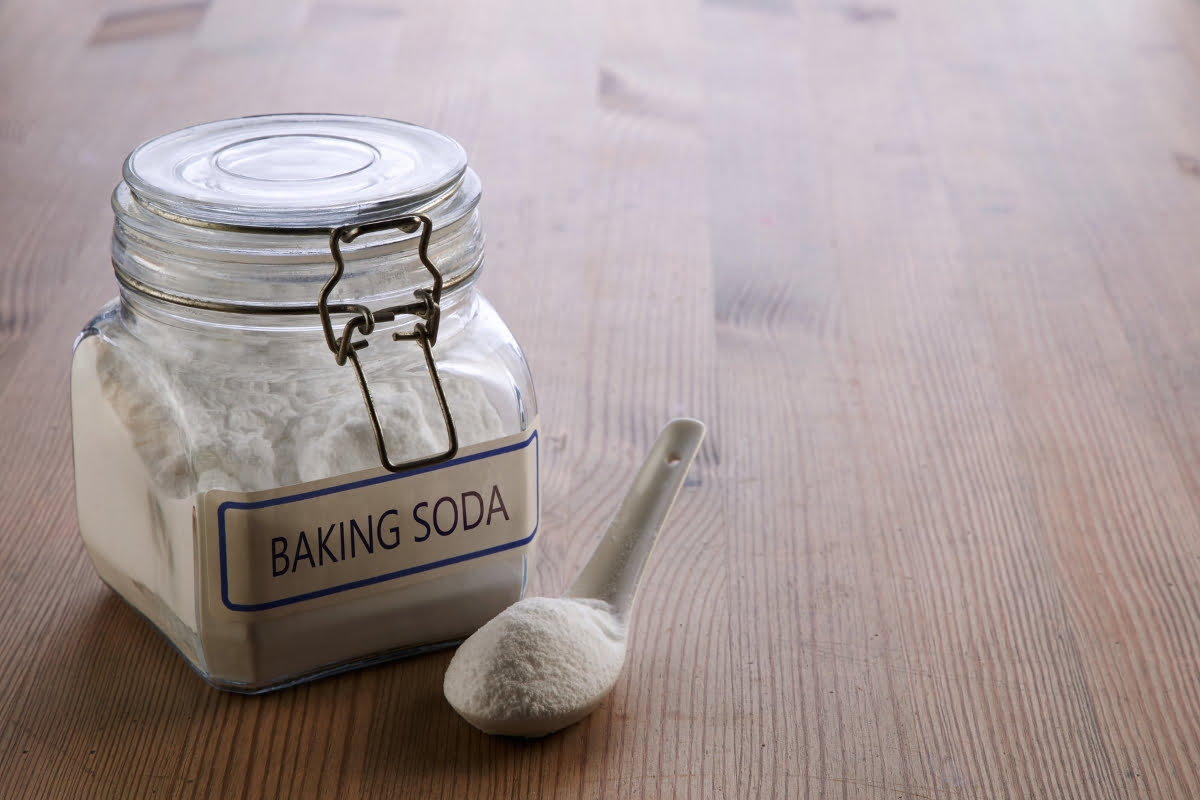
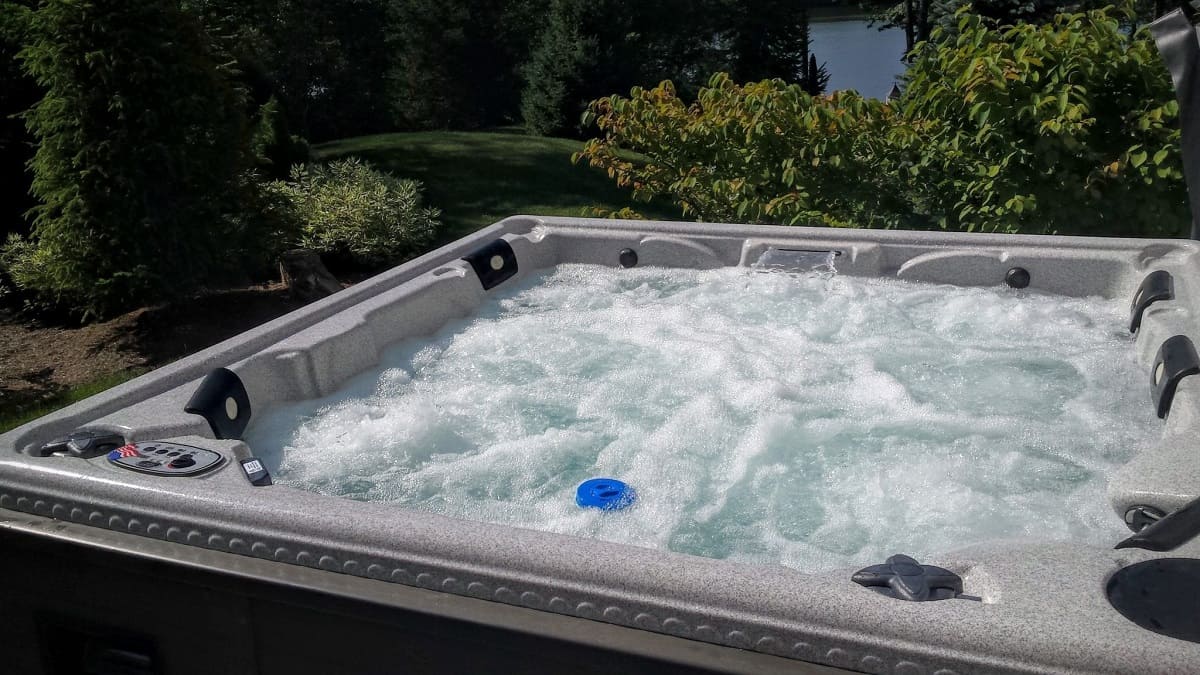
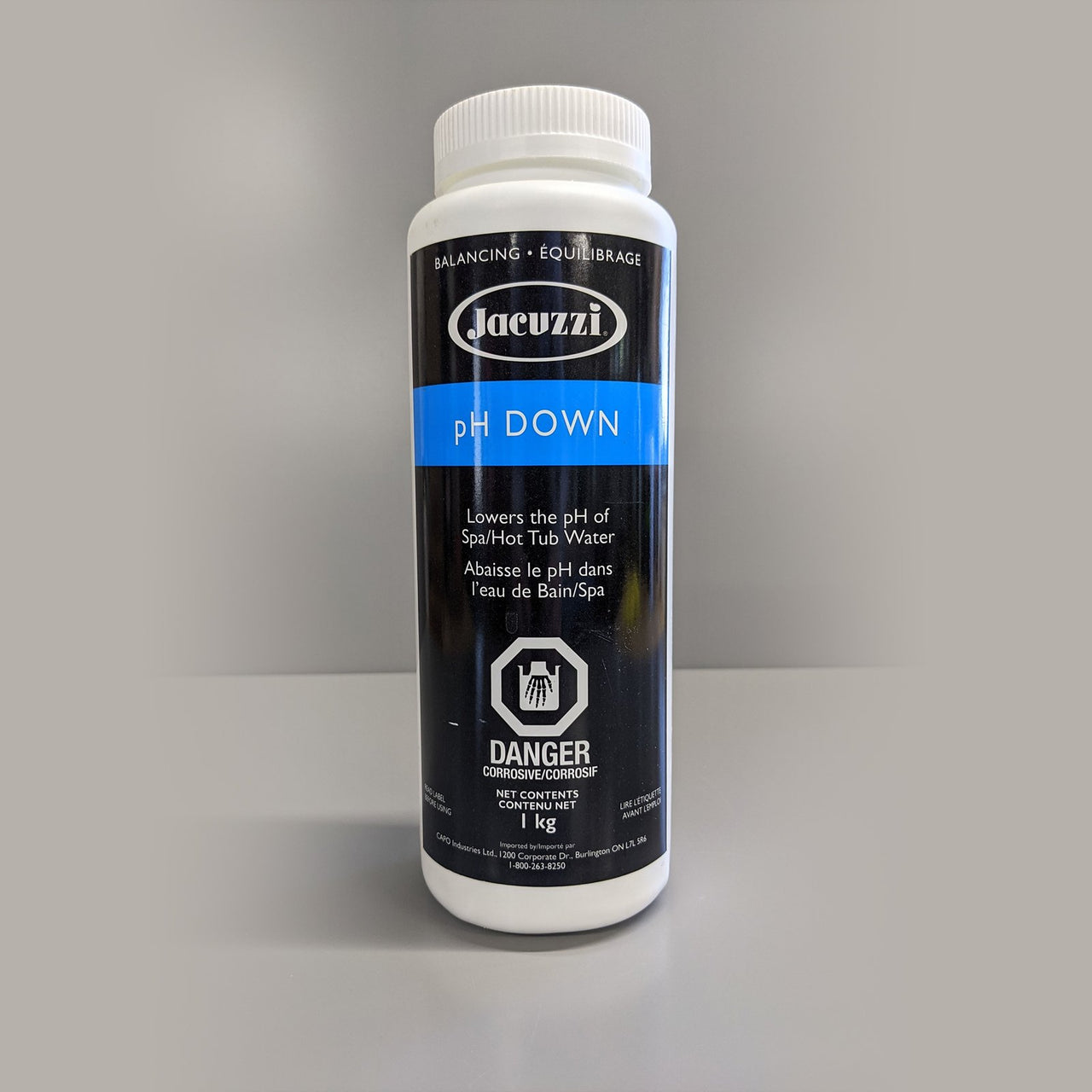
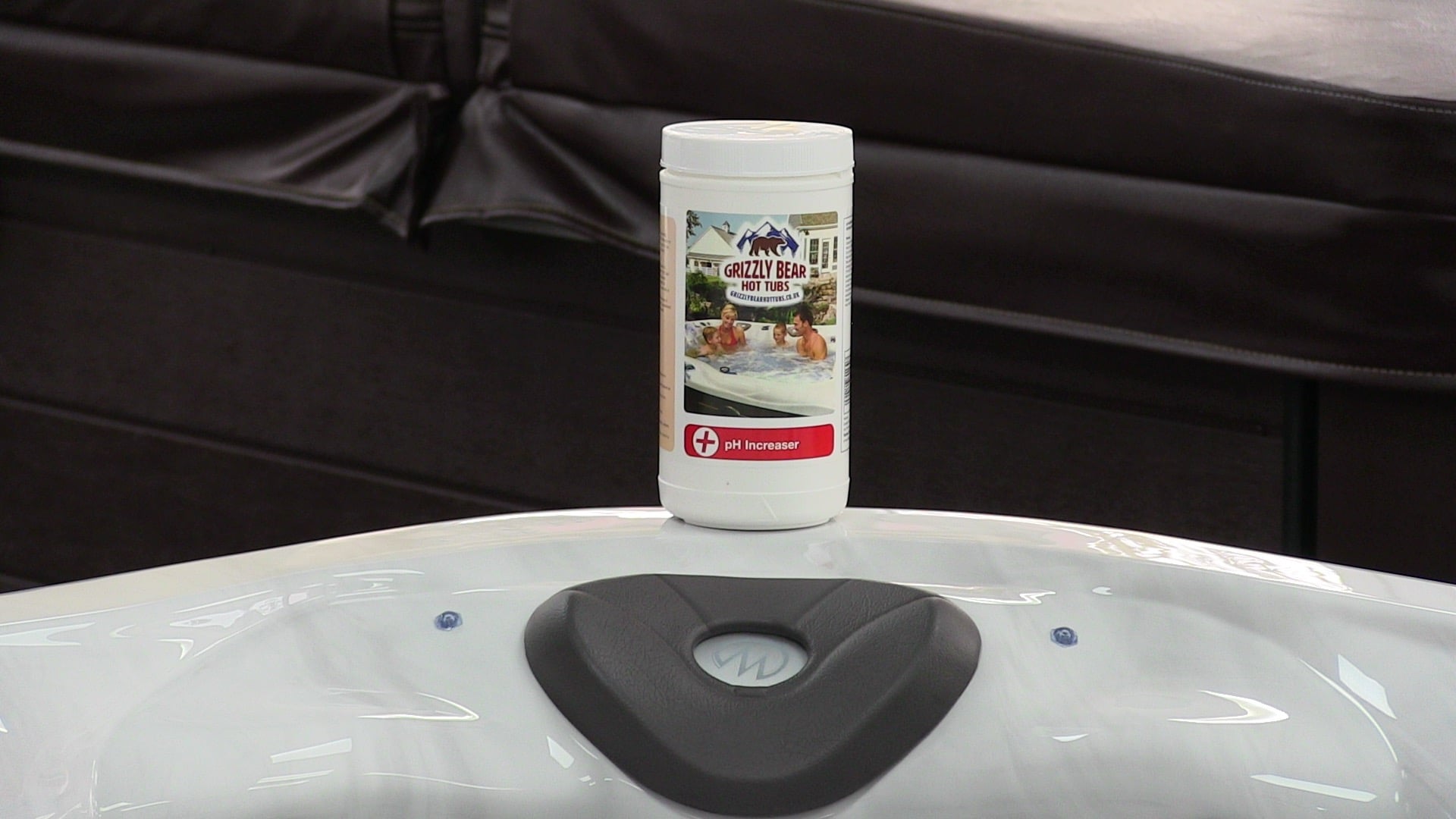
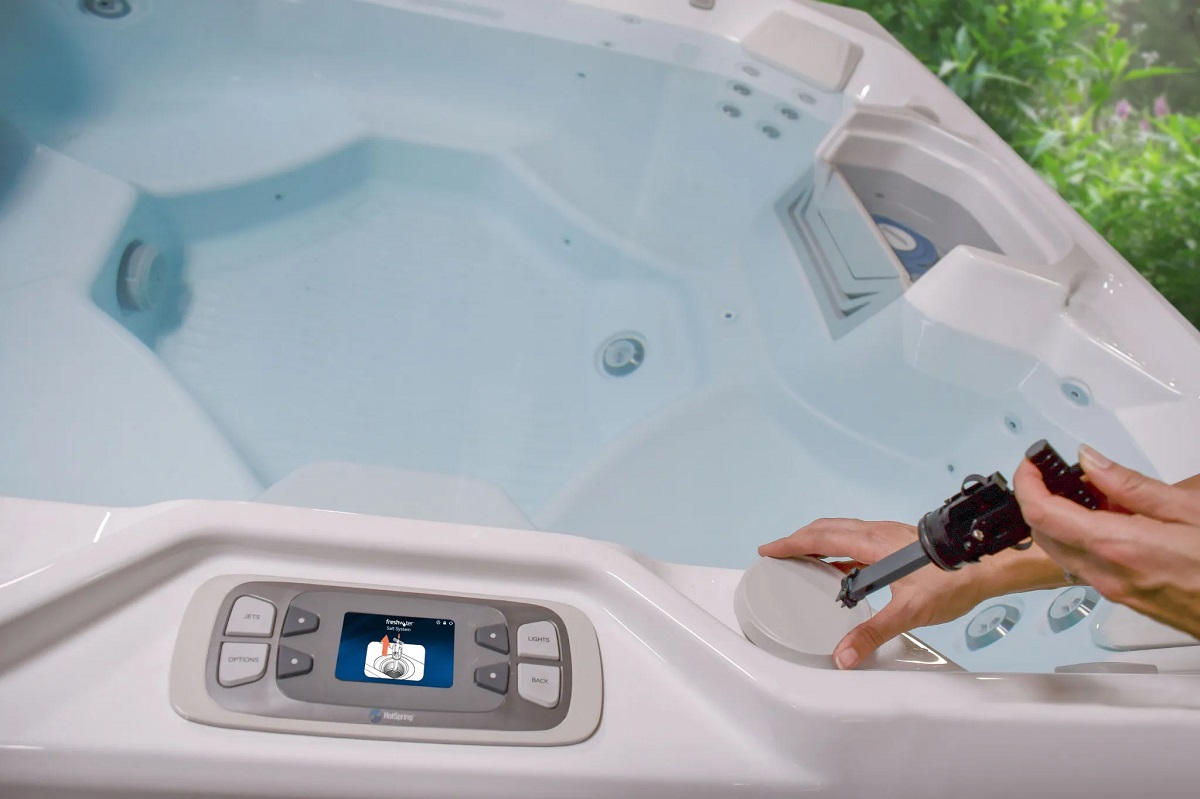
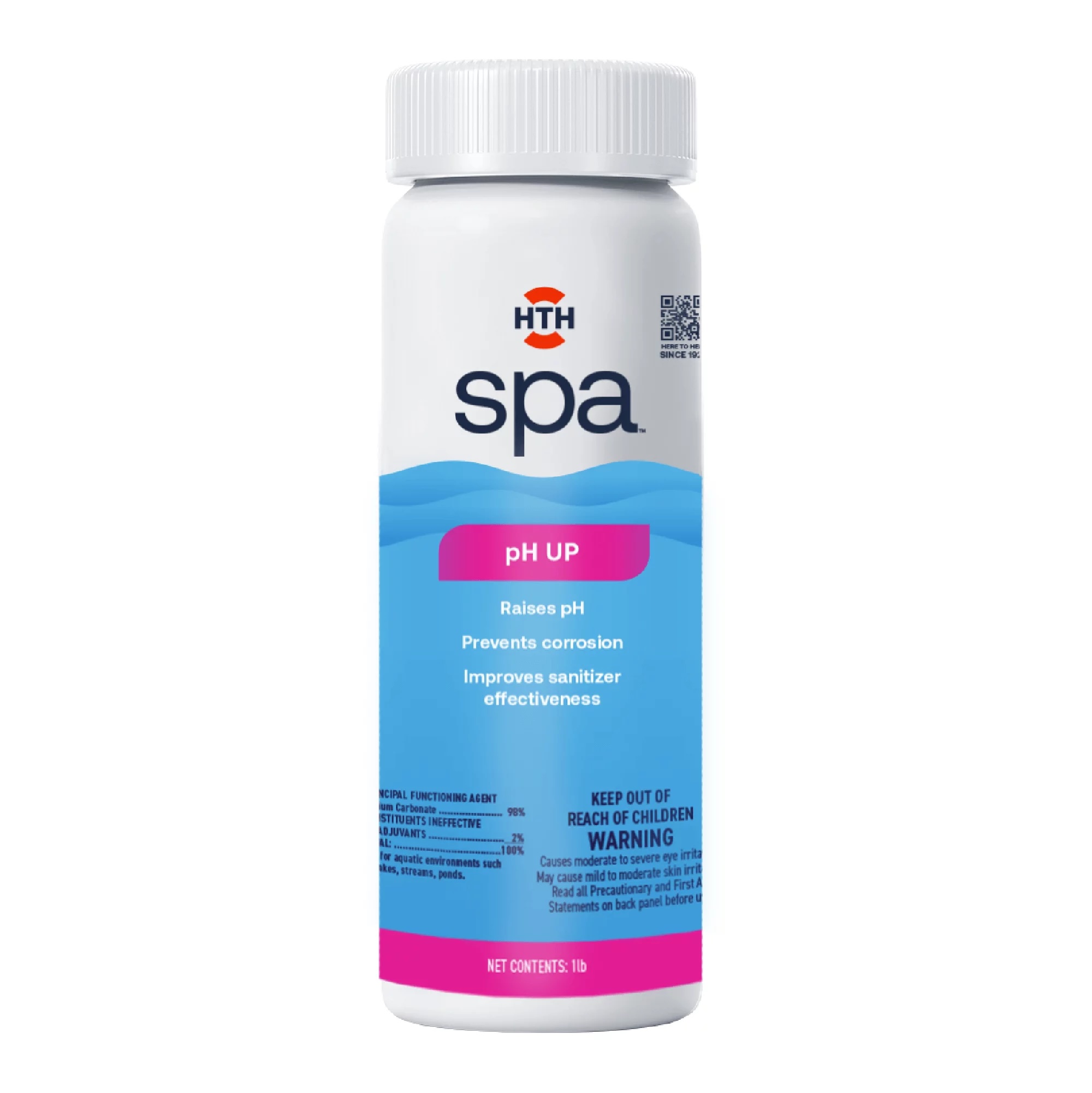
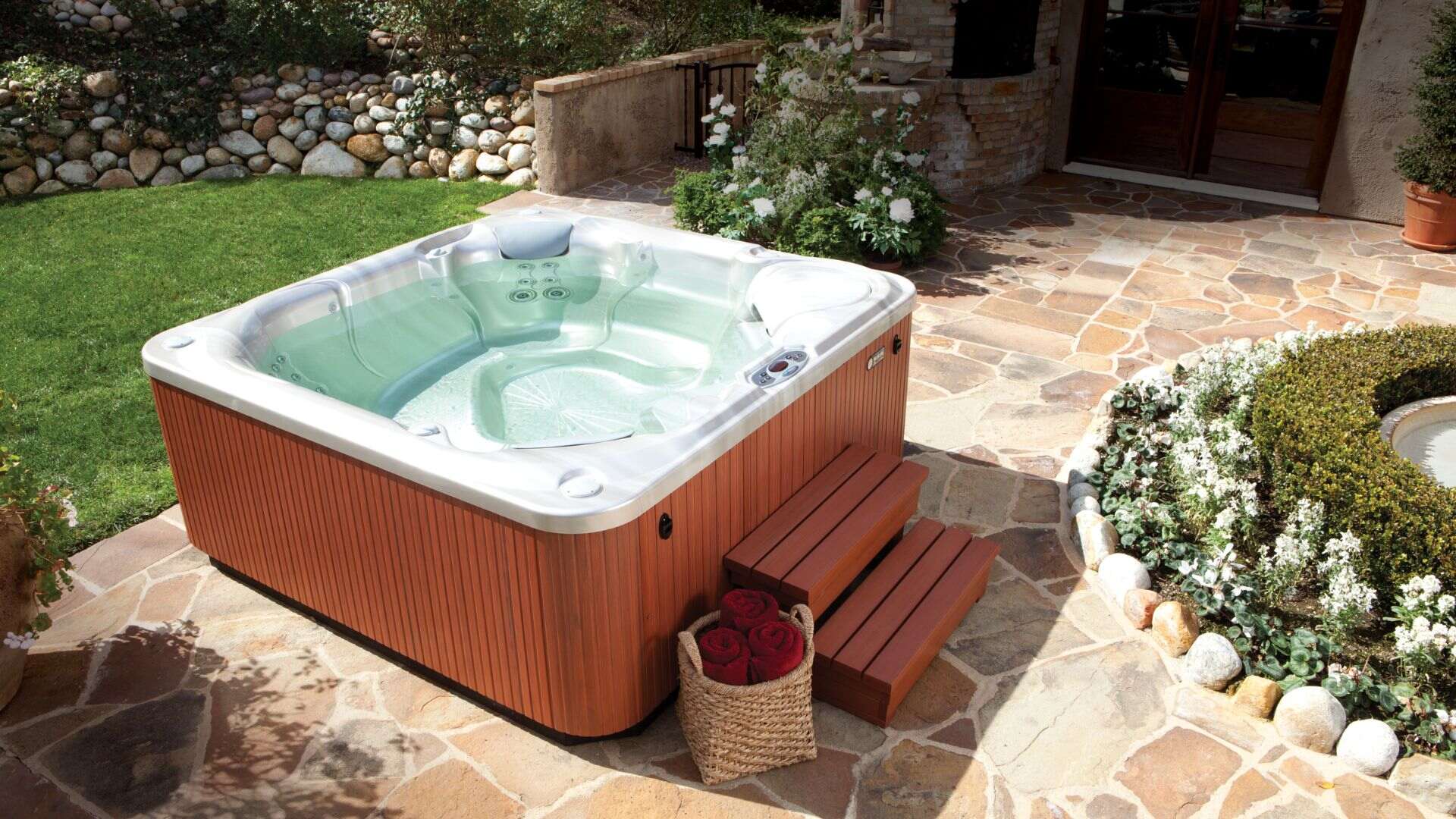

0 thoughts on “How To Raise PH In A Hot Tub With Baking Soda”